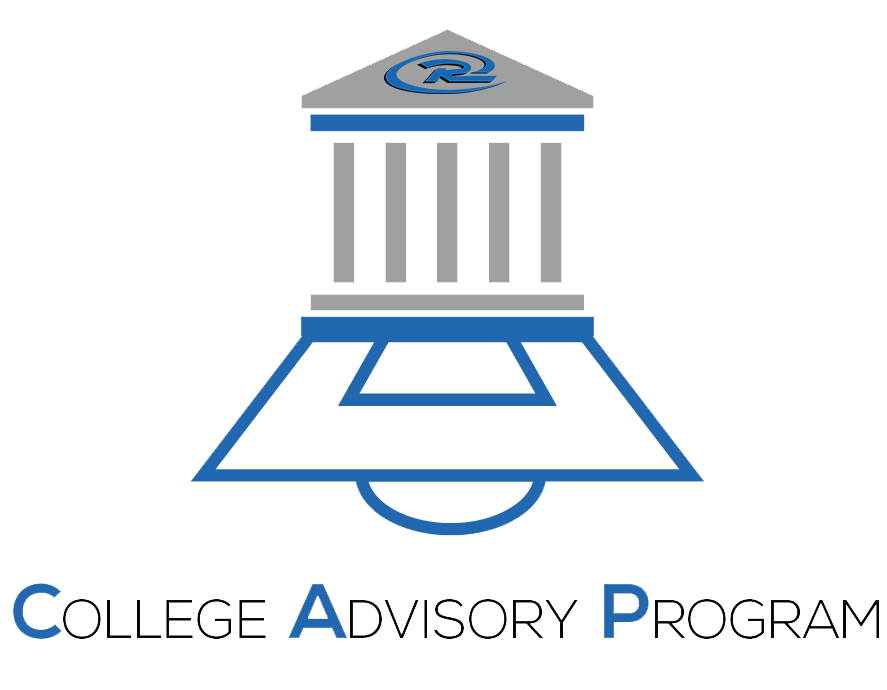The Difference in the College Division
The NCAA has around 1200 schools. It consists of three divisions (Division I, II, and III) and oversees 23 sports. Divisions I and II both offer athletic scholarships, with over 126,000 student-athletes receiving partial or full athletic scholarships. However, Division III student-athletes can only receive academic or non-athletic scholarships – no athletic scholarships are allowed. Each year, the NCAA hands out about $1 billion in athletic scholarships, with the rest coming from the individual school.

Divsion I: Your job is soccer
NCAA Division I is the highest level of collegiate soccer and trust us, there are a lot of perks. Competing at a large university in front big crowds against some of the best athletes in your sport.
With that comes a cost. Your spot on the team is not gguaranteed and competition for your spot is 365 days a year and your time is owned by the team. This includes weekends, off season, holidays, etc. Training, travel, study and repeate. YOU WILL BE TIRED. Internships, spring break getaways, even part-time jobs are pretty much out of the question. The D1 athlete is truly dedicated to their sport for the next four years. For some, it can be overwhelming-even exhausting. But almost every one would say they would not trade their D1 experience for anything.

Division II: The best of both worlds
Players who want a high level of competition but a more balanced approach to sports and academics are giving serious consideration to D2 schools. It’s also perfect for those who may prefer a smaller campus, or the opportunity to get playing time all four years. As one recruit put it, “I’d rather be a big fish in a smaller pond.” There are still the demands all student-athletes face, but it is not as intense and rigorous as the year-round total commitment of a D1 athlete.

Division III: Academics are the Focus
DIII programs offer a more well-rounded college experience where academics take more of the lead. DIII athletes also must learn to manage playing their sport while pursuing their education. The time commitment, however, for DIII athletes is not nearly as intense which gives them more opportunity to explore life outside of the classroom and outside of their sport.

DIII-debunking the myth
NCAA DIII schools do not offer any type of athletic scholarships, BUT 80% of NCAA DIII athletes receive non-athletics aid, often in the form of grants or need-based scholarships to academically qualified athletes. Another big plus for both parents and student-athletes is that 87 percent of all D3 athletes graduate from college. Although the other two divisions are not that far behind, that’s the highest percentage of any NCAA Division.
NCAA DIII schools spend 70% more than NAIA schools to offer quality athletic programs.
NCAA DIII INSTITUTIONS
| NCAA DIII Institutions | Enrollment | Student-Athletes | Operating Budget | Total Budget* | Endowment |
| 75th percentile | 2,805 | 576 | $3.7 MM | N/A | $313.1 MM |
| Median (50th) | 1,764 | 418 | $2.8 MM | N/A | $130.3 MM |
| 25th percentile | 1,157 | 292 | $1.6 MM | N/A | $61.8 MM |
NAIA: You will be surprised
The National Association of Intercollegiate Athletics (NAIA) has actually been around longer than the NCAA. With about 250 mostly private, many consider NAIA to be on par with NCAA D3 schools when it comes to life/sport balance and level of competitiveness. The NAIA awards close to $500 million in athletic scholarships every year. That, along with more aggressive recruiting is driving more talent to these schools and bringing up the level of competition. Today, top-level NAIA schools are considered to be similar to competing on a NCAA DII team.

JUCO: DOn’t overlook it
Between the three NCAA divisions and NAIA schools, it’s easy for recruits to overlook junior college athletics as an option.
Many recruits pass on considering a junior college because there are many common misconceptions about what junior colleges can offer student-athletes. However, today’s junior colleges have a lot to offer, especially when it comes to scholarships and other cost-savings.
For some athletes, JUCO is the best path to getting a four-year college roster. For others, it’s a chance to stay close to home, earn college credit, and continue on with their athletic career. Here are four reasons why junior colleges can be a great option for student-athletes:
- They’re more affordable (and offer athletic scholarships!). Not only are junior colleges less expensive than public and private four-year colleges and universities, they also tend to be more generous with academic and athletic scholarships.
- It’s more practical than taking a year off. It is extremely difficult (if not impossible) to get recruited to play at a four-year college after taking even one gap year between high school and college.
- Recruits can make an impact right away. Junior college athletics coaches look for players that can hit the ground running and may even recruit for starting roles. No benchwarmers here!
- Increase your chances of getting recruited at a four-year college. College coaches like to recruit JUCO athletes because they’re a safer bet than their high school counterparts: coaches know these athletes can already balance college academics and athletics while maintaining their eligibility.
While nearly everyone starts out thinking DI is the ultimate goal, it really comes down to what type of college experience will be right for your child. The good news is that with three NCAA divisions, NAIA schools and junior colleges, there’s something for every type of student-athlete.
